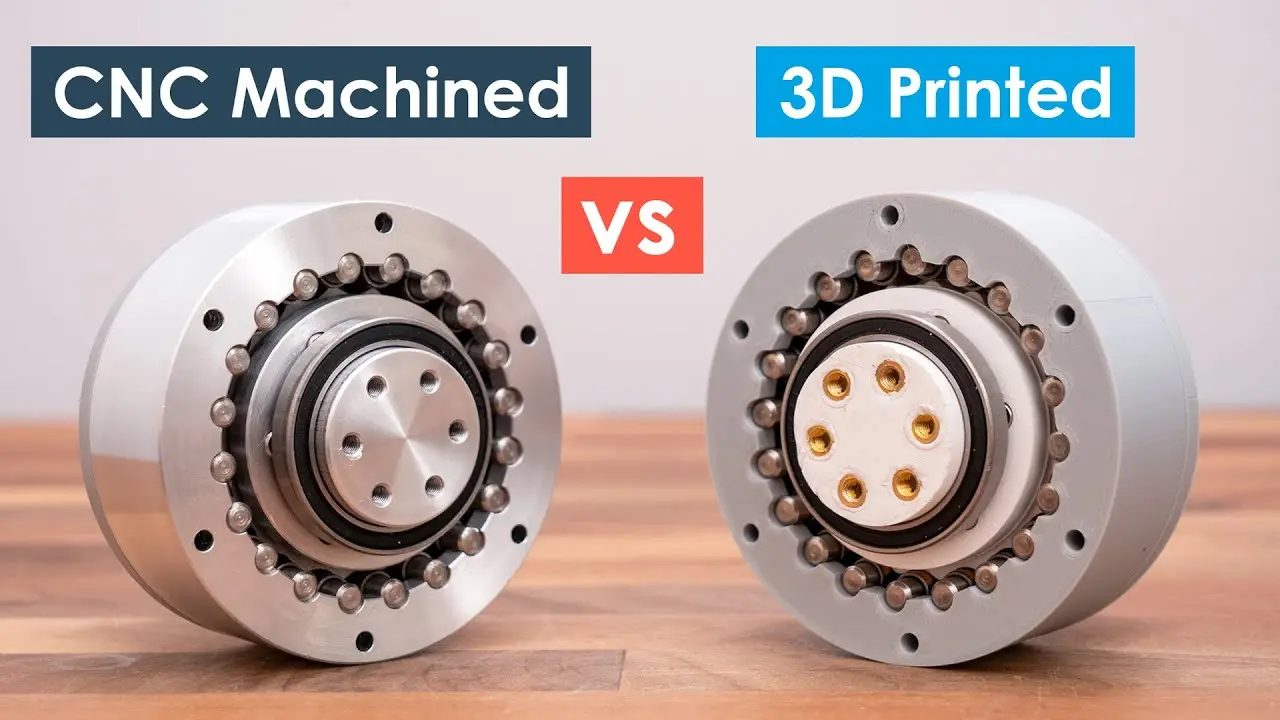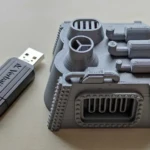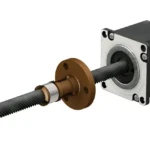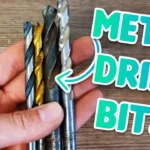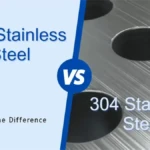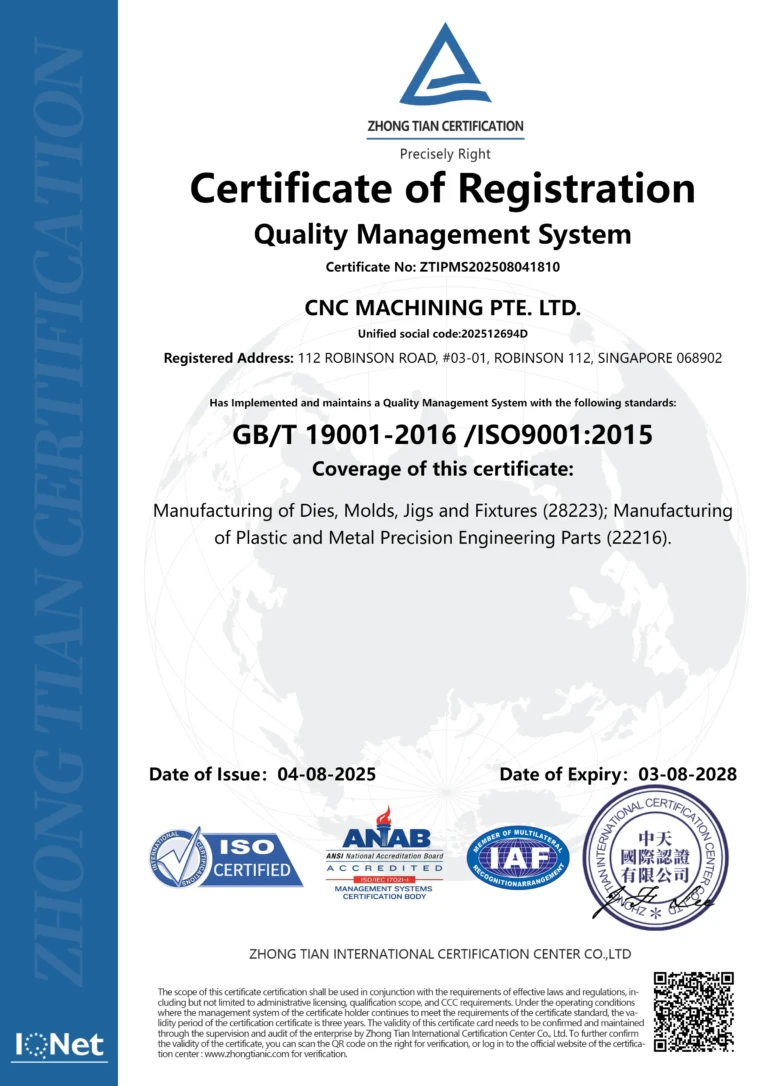3D Printed Car Parts vs CNC Machining: Which Reigns Supreme in Automotive Manufacturing?
Introduction to 3D Printing and CNC Machining
What Are 3D Printed Car Parts?
3D printed car parts leverage additive manufacturing, building components layer by layer from thermoplastics (PLA, ABS), engineering polymers (PA 12 nylon), or metals (stainless steel, titanium) via SLS, DMLS, or FDM.
- Rapid prototyping of dashboard mockups, custom brackets, and trim pieces.
- Lightweight lattice structures for EV battery cooling and aerodynamic flow controls.
What Is CNC Machining?
CNC machining is a subtractive process, where multi‑axis mills and lathes carve solid blocks of metal or plastic into high‑strength components.
- 3‑axis to 5‑axis CNC machining produces engine blocks, transmission housings, brake calipers, and structural chassis parts with ±0.005 mm tolerances.
- Widely adopted for mission‑critical applications requiring isotropic material properties and certified traceability.
Key Differences Between 3D Printing and CNC Machining
| Factor | 3D Printing | CNC Machining |
|---|---|---|
| Material Strength | Anisotropic; layer adhesion limits load‑bearing | Isotropic; full parent‑material strength |
| Dimensional Precision | ±0.1–0.5 mm | ±0.005–0.01 mm |
| Cost Profile | Low tooling cost; high per‑part cost at scale | High setup/tooling cost; economical in volume |
| Production Speed | Slow for large parts | Fast for bulk production |
| Design Freedom | Unlimited internal channels & lattices | Limited by tool access; single‑setup multi‑face |
When to Choose 3D Printing for Car Parts
Prototyping and Customization
- Rapid iteration: Test dash designs or control knobs in days rather than weeks.
- One‑off and legacy parts: Reproduce discontinued emblems or custom interior mounts without expensive tooling.
Lightweight and Complex Geometries
- Topology optimization: Printed lattice infills reduce weight by 40–60% in EV structural brackets.
- RC car performance: 3D‑printed suspension arms deliver near‑metal rigidity with polymer resilience.
Low‑Volume Production
- Aftermarket tuning: Produce limited‑run body kits, spoilers, and bespoke badges directly from CAD models.
When to Choose CNC Machining for Car Parts
High‑Precision, High‑Strength Components
- Engine internals: Pistons, crankshafts, and cam lobes demand ISO 9001‑certified tolerances and fatigue‑resistant surfaces.
- Brake rotors & callipers: Machined from billet aluminum or stainless steel, then coated for thermal stability.
Mass Production
- Aluminum wheel hubs: 5‑axis CNC milling plus automated deburring yields thousands of identical hubs per week.
- Hardened gears: Steel blanks undergo CNC roughing, heat treatment, then finish‑machining for repeatable tooth profiles.
Material Versatility
- Titanium exhaust manifolds: Grade 5 (Ti-6Al-4V) withstands 900 °C exhaust gases, machined on 5‑axis centers with specialized coatings.
- High‑precision aluminum CNC‑machined car parts for EV chassis and battery trays.
Limitations of Each Technology
3D Printing Challenges
- Material constraints: Few accessible 3D printers handle automotive‑grade superalloys.
- Surface finish: Printed layers require sanding, polishing, or plating to meet aesthetic and tactile standards.
- Certification hurdles: Many OEMs demand TRACE‑certified processes; large‑format printed parts often fail regulatory audits.
CNC Machining Drawbacks
- Material waste: Up to 40% of billet may become swarf, impacting cost and sustainability.
- Geometric constraints: Internal channels or extreme undercuts necessitate multi‑axis setups or secondary EDM operations.
Hybrid Approaches: Combining 3D Printing and CNC
Best of Both Worlds
- Printed prototypes → CNC finals: Create complex prototype shapes in resin or plastic, then validate fit before investing in metal CNC tooling.
- 3D‑printed molds for composite body panels, CNC‑machined to tight finish tolerances.
Case Study: Divergent 3D
Divergent Electric utilizes 3D‑printed carbon node joints joined by CNC‑machined alloy rods, forging a lightweight, crash‑resilient supercar chassis.
How to 3D Print Car Parts: A Step‑by‑Step Guide
- Design or Scan: CAD in SolidWorks or Rhinoceros; 3D scan legacy panels for reverse engineering.
- Material Selection:
- PLA/ABS for concept models.
- Nylon PA12 for functional prototypes.
- Stainless steel or Inconel via DMLS for low‑volume metal parts.
- Print Settings: Optimize layer height (0.05–0.2 mm), fill density (20–80%), and support structures.
- Post‑Processing: Sand, bead‑blast, heat‑treat, or plate parts to meet finish and strength requirements.
How Great Light Enhances CNC Machining for Automotive
5‑Axis Precision for Complex Parts
- CNC‑machined turbocharger housings with ±0.005 mm concentricity ensure balanced airflow and minimal vibration.
- High‑precision aluminum CNC‑machined car parts for EV powertrains, meeting battery enclosure sealing and crash‑safety mandates.
Sustainable Practices
- Closed‑loop scrap recycling of titanium and aluminum chips reduces material costs by 15% and carbon footprint by 20%.
- Energy‑efficient machining centers and smart coolant filtration systems align with OEM sustainability goals.
FAQs – 3D Printing vs CNC Machining
Can 3D‑Printed Parts Replace CNC‑Machined Components?
- Non‑structural trim and interior: Yes—3D printing offers cost‑effective customization.
- Load‑bearing or safety‑critical: No—CNC machining’s isotropic strength and certified processes remain essential.
Are 3D‑Printed Metal Parts Used in Cars?
- Yes—Luxury and race cars embed 3D‑printed titanium brackets and heat shields, but at premium cost and low volumes.
What 3D Printer is Best for Model Car Parts?
- Resin SLA (e.g., Formlabs Form 3) for detailed 1:24 scale prototypes.
- FDM (e.g., Prusa i3 MK3S) for durable RC car components.
Future Trends in Automotive Manufacturing
Smart Factories
- AI‑driven 3D printers and CNC machines autonomously adjust parameters based on real‑time sensor feedback, ensuring zero‑defect production.
On‑Demand Manufacturing
- Localized 3D printing hubs enable rapid spare‑part distribution (e.g., 3D‑printed vintage car components) without international logistics delays.
Conclusion
While 3D printed car parts excel in rapid prototyping and complex, lightweight designs, CNC machining remains the gold standard for high‑strength, precision‑critical automotive components. For mission‑critical parts—engine internals, transmission gears, and safety systems—partner with Great Light CNC Machining to leverage 5‑axis expertise, ISO‑certified quality, and sustainable production.
🔧 Elevate your automotive manufacturing—contact Great Light today for turnkey CNC machining solutions!
